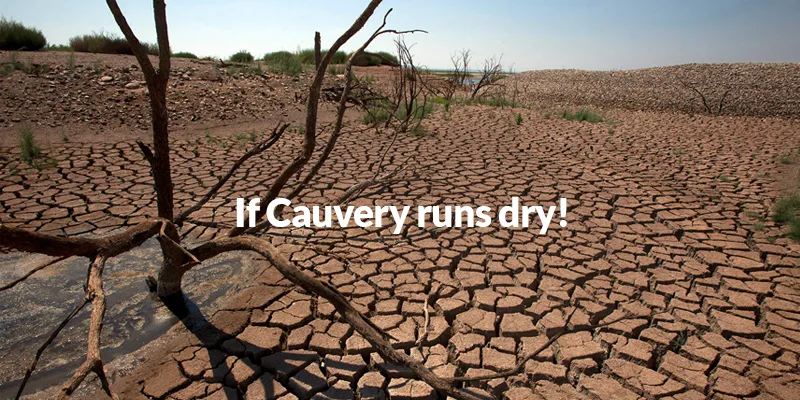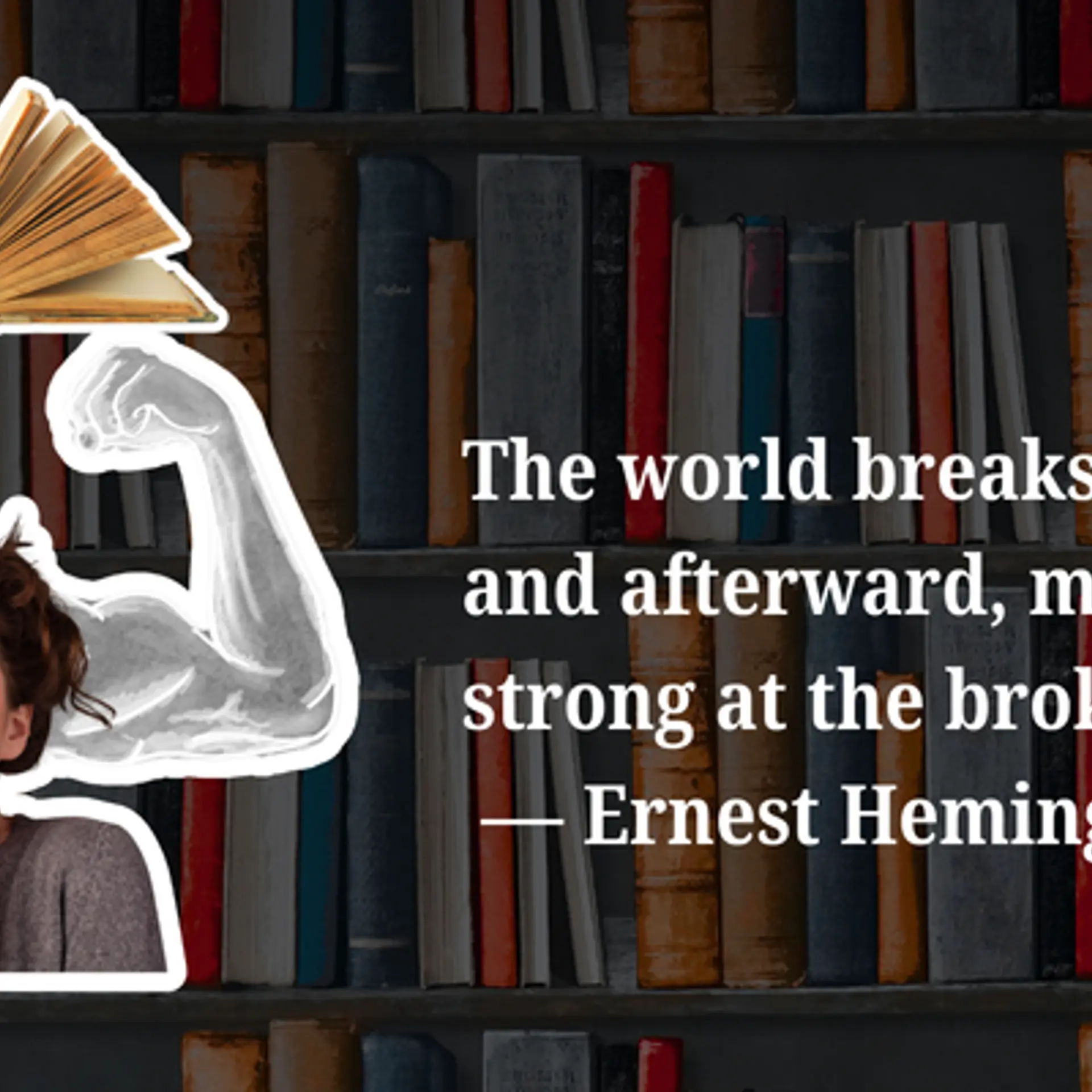When the river runs dry: All you need to know about the Cauvery dispute
The Cauvery river dispute between the states of Karnataka and Tamil Nadu has been an issue of primary focus in the country over the past few days. It is one of the biggest inter-state water disputes in India. Here’s everything you need to know about the controversy:
When did it start?
The dispute over the Cauvery river dates back to the British era, when Karnataka was a part of the Princely State of Mysore and Tamil Nadu, the Madras Presidency. Mysore wanted to start several irrigation projects in the state, which would require a lot of water from the Cauvery river. This started the strife between the two states through which a majority of the river flows. The British engineered an agreement in 1892 leading to a temporary resolution over the division of the river water.

Image : www.content.time.com
However, the issue resurfaced in early 1900s, when the states started laying out plans for the construction of dams on the river. Tamil Nadu was opposed to the construction of the Krishna Raja Sagar (KRS) dam in Karnataka, resulting in the signing of another agreement in 1924. It laid down the stipulations for the construction of the KRS dam, gave the right to surplus river water to both states and allowed Tamil Nadu to construct the Mettur dam, one of the largest in the country. This agreement was only valid for a period of 50 years, post which all its provisions, except those for the KRS dam, could be reviewed.
Post-independence, the division of states in 1956 made the problem more complex, with Kerala and Puducherry (through which certain tributaries of the Cauvery run) contesting for their share of the river water as well.
In 1991, the Cauvery Water Dispute Tribunal (CWDT) awarded 205 thousand million cubic feet (tmc ft) of river water to Tamil Nadu to be released by Karnataka every year. The award was met with opposition from both states. The CWDT gave its final decision after 16 years in 2007, granting 419 tmc ft to Tamil Nadu, 270 tmc ft to Karnataka (nearly half of what it demanded), 30 tmc ft to Kerala and seven tmc ft to Puducherry.
Karnataka and Tamil Nadu remain dissatisfied with their share of the Cauvery water and low rainfall or drought years aggravate their discord.
Why is Tamil Nadu dependent on Karnataka for the release of water from the Cauvery?
Tamil Nadu is a lower riparian state which means that it is at the base of the river. Whereas, Karnataka, from where the Cauvery originates in Talakaveri in Kodagu district, is an upper riparian state. When dams are built on a river in the upper riparian area, it can block the flow to the lower region. Hence, water has to be released regularly from the dams. Here is where the problem lies. Tamil Nadu depends on the release of water from Karnataka to irrigate agricultural lands in the Cauvery belt. In years of good rainfall, this doesn’t pose a problem. However, when there is a deficit, Karnataka is unable to deliver the required amount in order to meet the state’s needs first.
What sparked the demonstrations this year?
Protests and violence flared up in the two states following the Supreme Court’s (SC) recent order on sharing the river water. On 5 September, the SC directed Karnataka to release 15,000 cusecs of water to Tamil Nadu from the river for ten days to meet the needs of the farmers dependent on it. However, farmers and political groups in Karnataka immediately responded with widespread protests, vandalism and a state-wide bandh on 9 September. Effigies of Chief Ministers Siddaramaiah and Jayalalithaa were burnt in parts of the state.
Following an appeal from Karnataka, the SC modified its ruling on Monday allowing the release of 12,000 cusecs per day till 20 September. But the protests took a violent turn the same day, with protesters torching a police patrol jeep and vehicles registered to the Tamil Nadu state. Two people have died and more than 300 have been injured since the protests started in Karnataka. Tamil Nadu retaliated to a video of a Tamil student in Bengaluru being attacked for his social media comments on the issue. Businesses, including a prominent hotel in Chennai owned by Kannadigas, were targeted by protesters. Buses coming in from Karnataka were blocked at the state border as well.
A curfew has been imposed in several areas in Karnataka to simmer down the agitation. However, activists led by Vatal Nagraj are planning a 12-hour rail roko on 15 September to highlight the Centre’s failure in resolving the dispute.
What are both sides claiming?
Several districts, including Mandya where the protests are prominent, as well as the city of Bengaluru are heavily dependent on the Cauvery for water. Similarly, close to 15 districts, such as Thanjavur, Tiruvarur and Nagapattinam, get their irrigation supply from the river. This year, Karnataka received 17 percent less rainfall and reservoirs in the two states have seen a decline in water availability. Hence, Karnataka has been unwilling to supply water to Tamil Nadu. Farmers in both the states are suffering from an acute shortage of water.
Is this the first time protests have broken out over the issue?
Demonstrations over the issue have recurred through the years, notably in Karnataka. In 1991, when the CWDT directed the state to release water to Tamil Nadu, violent protests broke out, with numerous Tamil families fleeing the state fearing attacks. There were bouts of violence in 2002 as well following a similar SC order and again in 2007 after the CWDT gave its final award. In 2012, when the SC upheld the ruling of the Cauvery River Authority (CRA), headed by then Prime Minister Dr. Manmohan Singh, to release 9,000 cusecs of water to Tamil Nadu, farmers in Karnataka dissented once more.
Is there a solution?
Even in years of abundant rainfall, the Cauvery does not have the capacity to supply both the states adequately. Hence, long-term solutions should go beyond simply dividing the existing water resources. The westward flowing rivers of Karnataka have a water availability of 2,000 tmc ft per year. If this water is diverted to the Cauvery through inter-basin transfer structures, the needs of the two states can be amply met. The Government of Karnataka, in fact, set up a committee to study the possibilities. Rainwater harvesting is another option, especially in cities like Bengaluru, where the civic body brings the Cauvery river water from a distance of more than 100 km. A shift away from water-intensive cultivation like that of sugarcane and promotion of organic methods of farming would greatly help farmers in conserving water in both the states.
To end this dispute of more than a century, it is necessary for the Centre and the states to focus on solving the larger problem of water supply and management as well as create a contingency plan for years of water scarcity.







